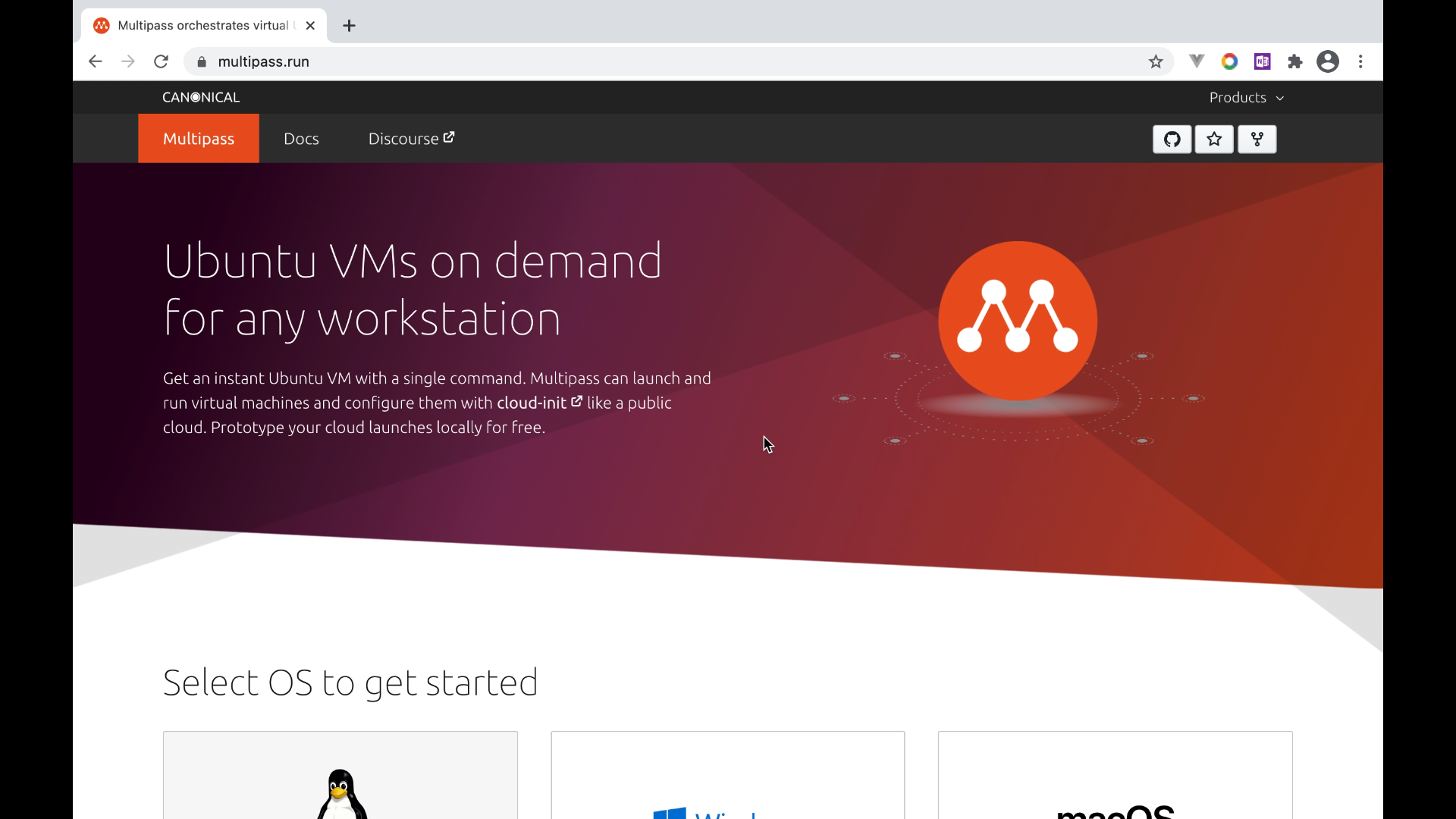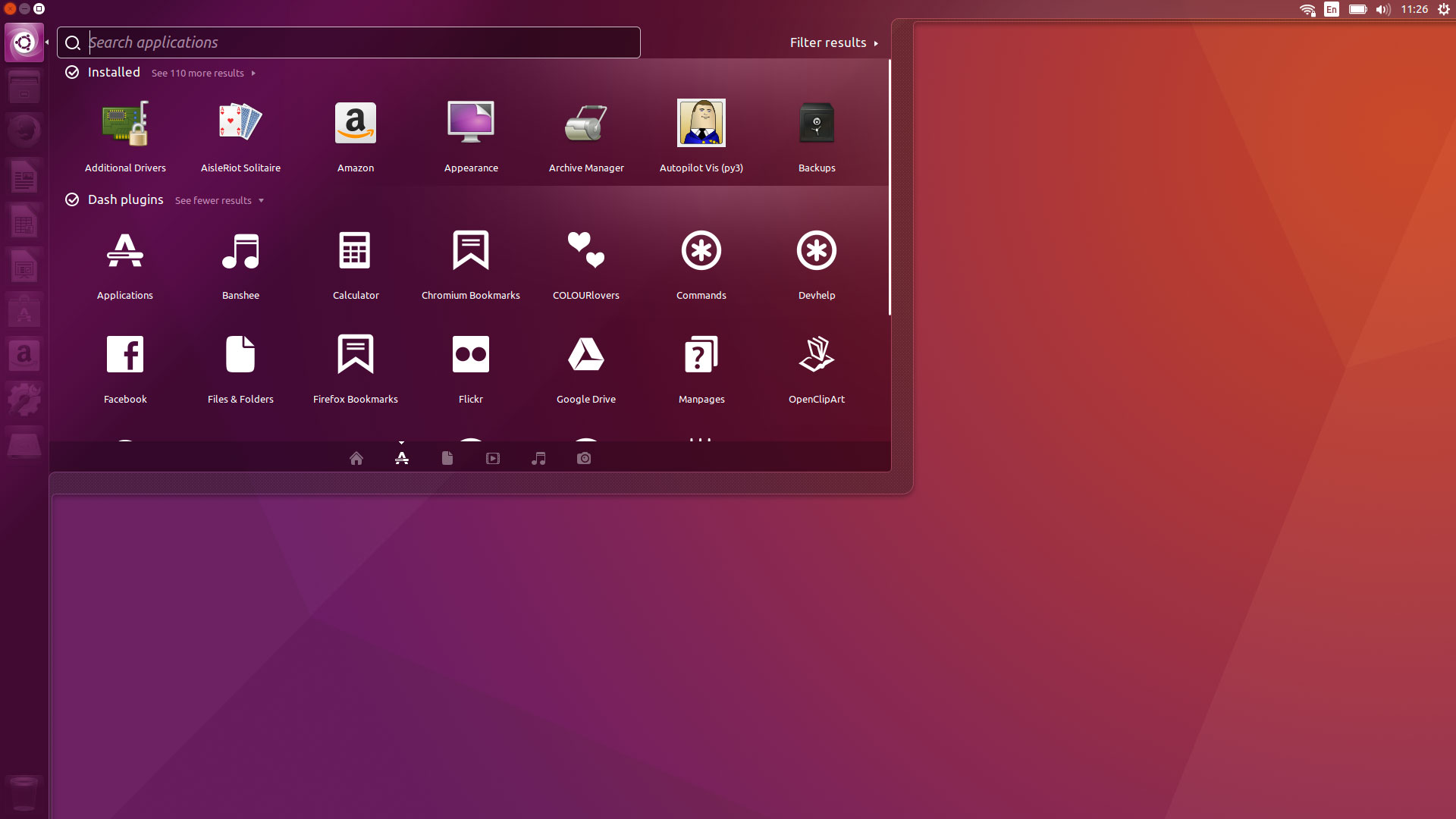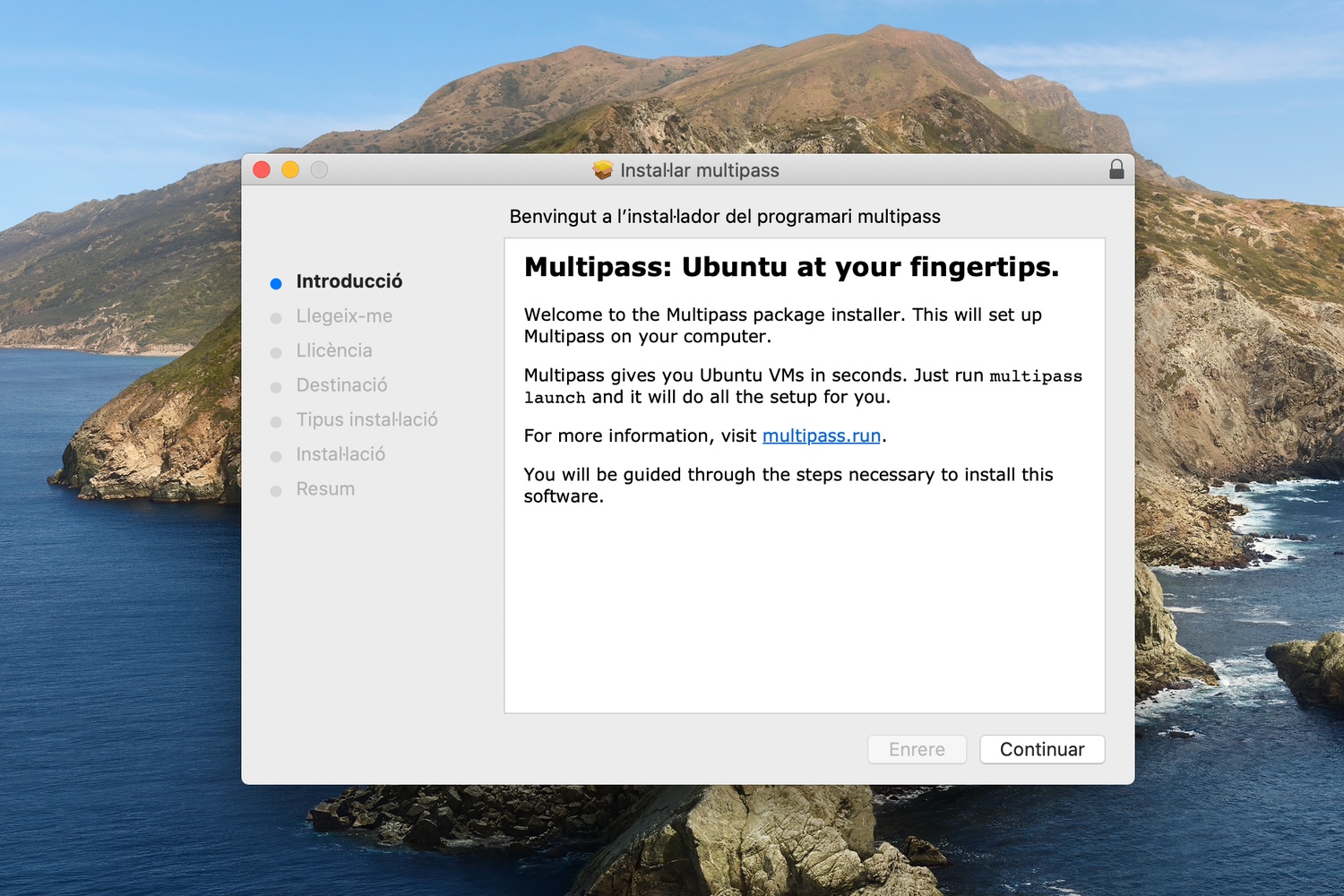
#Ubuntu multipass install
Use Multipass, a lightweight virtual machine system from Canonical, and install Docker Engine inside an Ubuntu instance.We can then install Docker, and we can even configure multiple Linux VM’s, each with a Docker instance, so we can implement a multi-node cluster to experiment with Docker Swarm or Kubernetes. For example, Multipass is lightweight virtual machine platform, with which we can easily set up and run Ubuntu instances. Fortunately it’s all simpler now than it used to be. To avoid using Docker Desktop, we need to return to the basics of installing a virtual machine running Linux for installing Docker Engine, then somehow work some magic. We’re sitting at the command line typing docker pull or docker build and not knowing that every command is reaching inside a virtual Linux instance to do everything. The magic of Docker Desktop is that the hypervisor is invisible to us. Inside that Linux is the Linux version of Docker Engine. Inside the Docker Desktop product is a lightweight hypervisor running a virtual Linux instance.
#Ubuntu multipass windows
The game plan for running Docker on macOS or Windows without using Docker Desktop In other words, there is a worthwhile alternative to Docker Desktop, which is worth exploring. Where it used to be difficult to set up Docker on macOS or Windows using a virtual machine, it is now very easy. Docker is still free, but parts of the Docker ecosystem requires a fee.Ĭhoosing to use Docker Desktop is affected by another fact. It’s important to note that Docker is not no longer free. But, there are those of us who wonder what they can use instead of Docker Desktop. Since Docker provides excellent business value, there’s a good argument to be made for paying the fee. Some of us might shy away from paying $5 per month (or so) for Docker Desktop. The fees also include services on Docker Hub. The short story is that organizations above a certain size are expected to pay $5 (or so) per month per developer. For details, see: Docker Inc squeezing money from Docker Desktop and other Docker tools. Throughout its history, Docker Desktop has been free, but in August 2021 Docker Inc announced the new freemium model. It comes with a nice GUI for managing the local Docker instance with mouse clicks. Using Docker Desktop was a huge simplification, since everything for Docker is installed as a normal application.

In the olden days that meant using VirtualBox, which is a heavy-weight virtual machine system. Since Docker runs natively on Linux, a Linux virtual machine can be installed and install on it Docker Engine for Linux.

In the old days of Docker, getting it installed on a macOS or Windows machine was a major feat. What we’ll discuss is using Multipass, or other virtual machine, to avoid those fees. However, Docker Inc has switched to a freemium model for the Docker Desktop application, which will lead some to avoid using it and instead seek an alternative to avoid paying the fee. It’s worth using, because of how easy it makes to use Docker. This feature makes it possible to run Multipass as a non-admin user, limiting the privileges it will have on your machine.Docker is open source software, and Docker Desktop is a spiffy GUI application to simplify installing Docker on a macOS or Windows machine. Multipass also levels up its security with this release by enabling client authentication. With the multipass suspend command, that’s now possible on all platforms. While instances are made to be easily created and destroyed, sometimes you just want to pick up right where you left off. The Multipass team further improved the Linux-on-Mac experience with this release by adding the capability to suspend Multipass instances. In practical terms, this means instances on macOS can now be accessed remotely, opening up more possibilities for prototyping cloud applications. Now, Multipass can connect its instances to additional network interfaces available on the host machine, making them accessible to all networks to which the host machine has access.


This release is a big leap ahead for those looking to run a local mini-cloud on macOS, particularly on Apple M1-equipped machines.


 0 kommentar(er)
0 kommentar(er)
